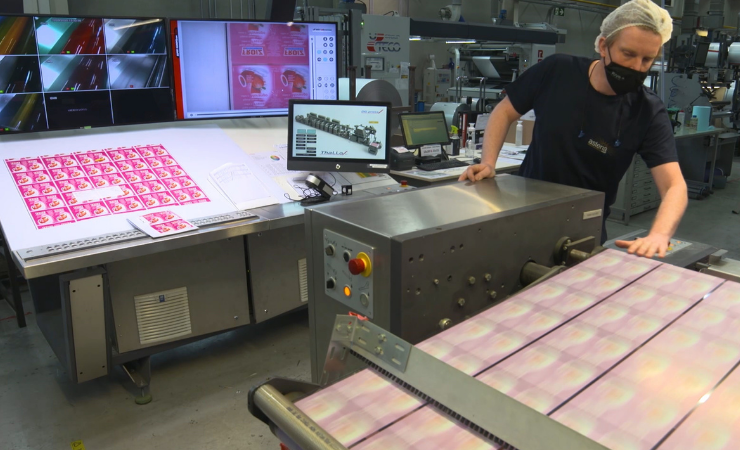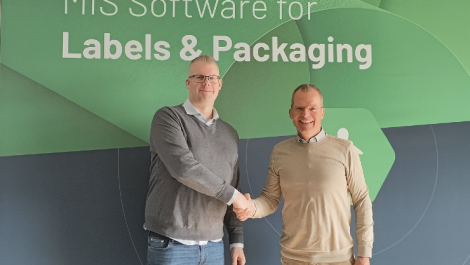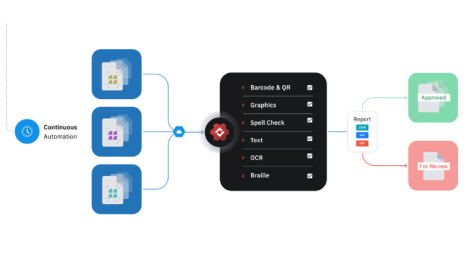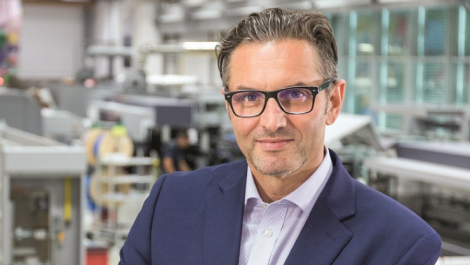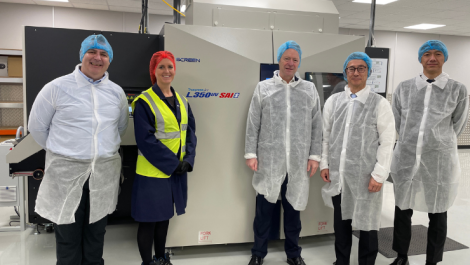Esko and Cerm have collaborated to develop a world-first integrated system that automates workflows for the production of complex labels.
This brings together Esko’s packaging software expertise and Cerm’s MIS know-how, specifically greater integration with Automation Engine, easing the pre-production of standard labels and more complex labels.
Initially developed and deployed at Asteria Group company Accent, the system simplifies processes and expands the printer’s product offering. When the pilot project began, the challenge was primarily to automate the various flavours and multi-label runs for one of Accent’s customers.
Christophe Beke, chief technology innovation officer at Asteria Group, noted, ‘Though this work only represented 5% of our total orders, the complexity of the print job meant that we had both an art specialist and pre-press operator employed full time just to manage the project. Not having the ability to manage this with automated workflows meant that different files were needed for the various stages of the job. Now it’s fully automated, everything is streamlined removing any possibility for human error in loading the different files at the wrong time.
‘The efficiency and productivity savings since introducing the new Automation Engine integration functionality have been huge. If we do a peel-off label, where previously we would have had to spend around four hours in pre-press, it can now be done in less than 30 minutes.’
Ken Polspoel, global solutions manager at Esko, said, ‘Accent was looking to improve workflow efficiency with its complex labels – everything from front and back printing, hybrid labels printed with multiple printing technologies to multi-layer labels such as duo and tri-labels. We pride ourselves on having strong relationships with our customers and always listening to their needs, so when Accent came to us with their challenge, we immediately began exploring how our solutions could help overcome them.’
The final integration was completed by Esko and CERM in late 2021, and the system is now being implemented at other Asteria Group sites and other businesses worldwide. Esko and Cerm’s collaboration continues a relationship between the two companies that commenced over a decade ago. ‘These discussions resulted in the development of a brand-new innovation that enabled Accent to automate and streamline much of the production of complex labels,’ continued Mr Polspoel. ‘The workflow enhancements were driven by the business logic from Cerm, then fully automated in Automation Engine. We were thrilled to be first to market with this new capability, and since our work with the Asteria Group it has already been deployed more than 10 times in businesses around the world, including Europe, Asia and the US.’
Mr Polspoel added that as businesses look to differentiate, and customer demands become more challenging, innovations such as this can now help businesses deliver complex labels in fewer manual steps and significantly less time. ‘The need is largely dictated by market dynamics. We’ve seen regulations and legislation forcing brands to include more information than ever before on labels, and so label converters are always looking to deliver new ways to achieve that without compromising on the brand’s artistic objectives.
‘We’ve also seen a growth of so-called hybrid or combination printing, for example where combinations of digital and flexographic or screen printing are all used on the same product. Making such labels can be tricky, but with Automation Engine and Cerm MIS integration, we can combine the characteristics of each print method and, instead of splitting the print files, they can be done as one, and fully automated.’

